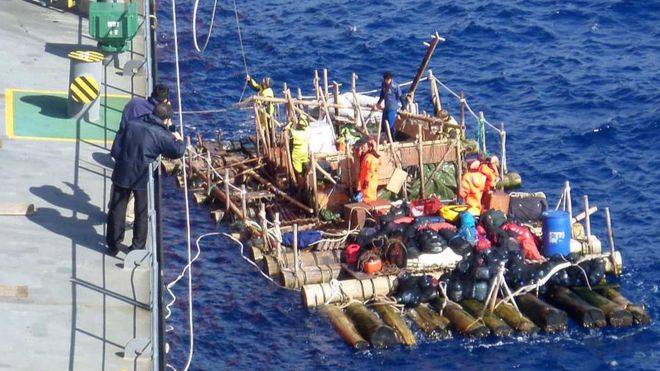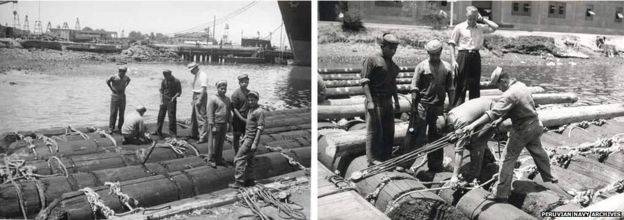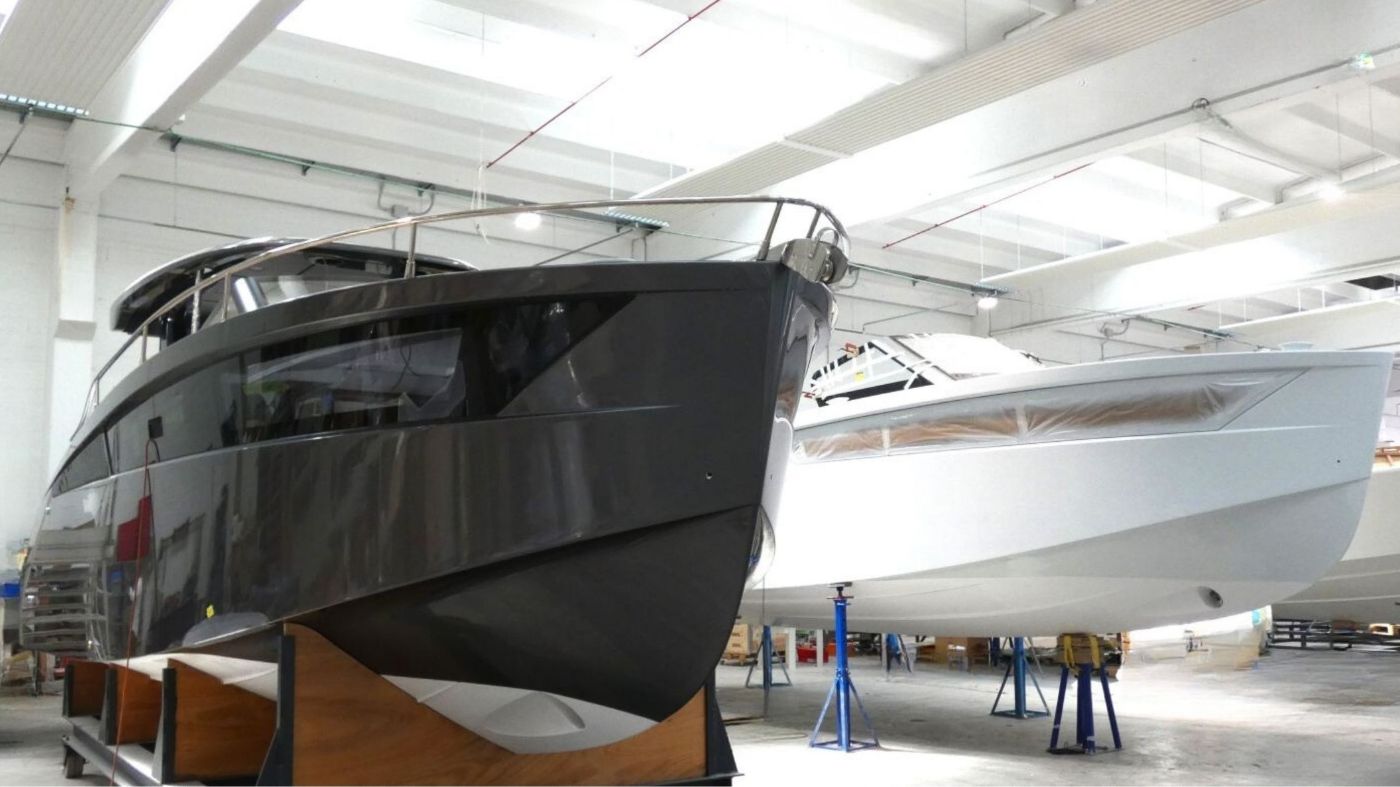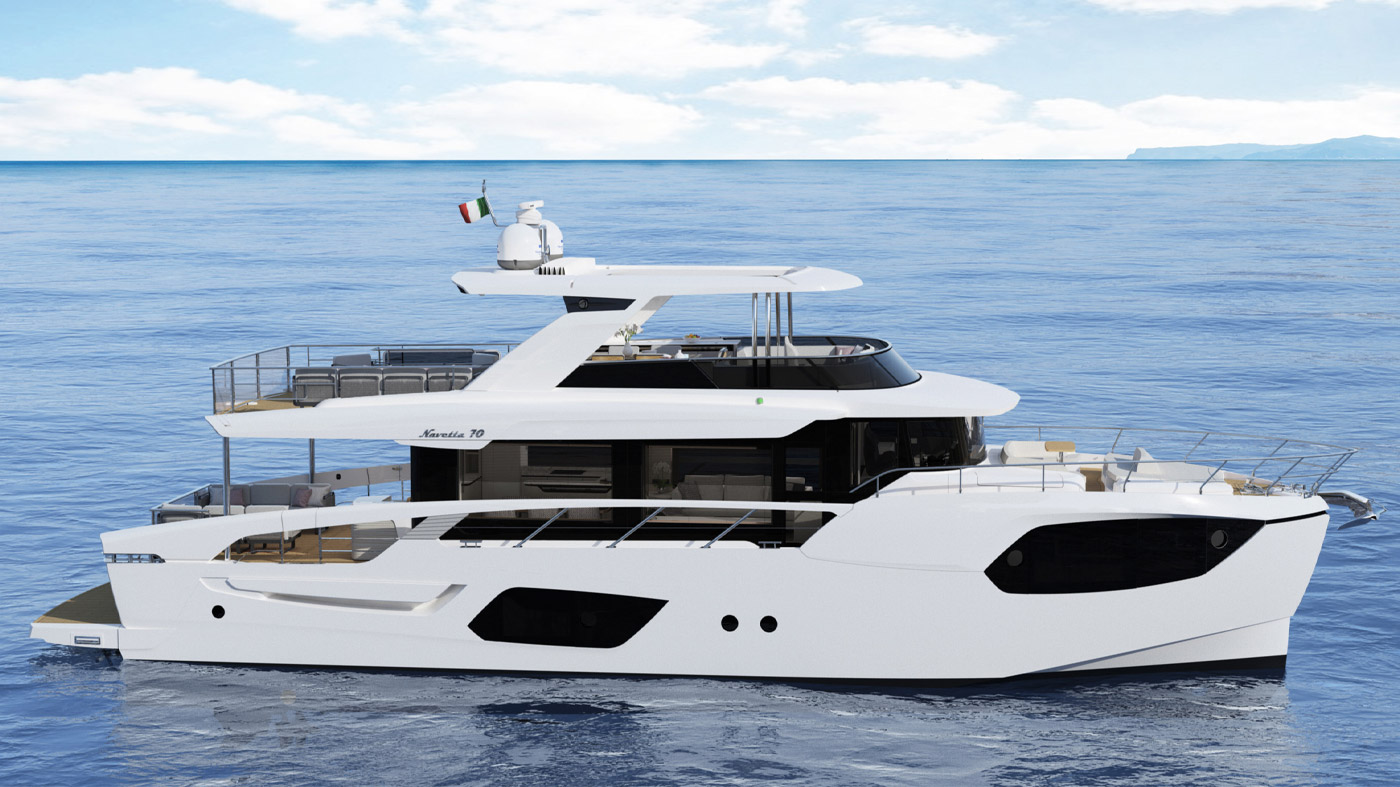Questa mattina sono arrivati nel porto di Talcahuano, in Cile, i 14 membri della spedizione denominata Kon-Tiki II: il tentativo di compiere la rotta dal Perù all’Isola di Pasqua (e ritorno) a bordo di zattere di balsa costruite con la “tecnologia” di epoca precolombiana dei nativi americani.
Le due zattere sono partite dal Cile in novembre e hanno compiuto metà della spedizione con successo, raggiungendo l’Isola di Pasqua in 43 giorni. Il ritorno però non è stato altrettanto fortunato, e dopo la partenza per il rientro in Cile il 6 gennaio le zattere hanno incontrato condizioni di vento e di mare talmente avverse da costringere i due comandanti a chiamare soccorso e abbandonare l’impresa. Gli equipaggi sono stati prima salvati da una nave cargo sud coreana e poi presi a bordo a circa 1.000 miglia da terra da un mezzo della Guardia Costiera cilena, a bordo della quale hanno raggiunto oggi la terraferma. Amareggiati per non aver portato a termine la spedizione, felici di essere sani e salvi, convinti che sia colpa della condizioni climatiche atipiche generate da El Nino se non sono riusciti a tornare in Sud America a bordo delle zattere.
Ma perchè traversare il Pacifico a bordo di una zattera? La motivazione è tanto scientifica quanto avventuriera, puramente fine a se stessa. In molti conoscono la storia del primo che ci provò, il norvegese Thor Heyerdahl a bordo del Kon Tiki nel 1947: da storico e antropologo, Heyerdahl voleva dimostrare che le isole polinesiane avrebbero potuto essere colonizzate non solo da popolazioni asiatiche, ma anche sudamricane. Per questo motivo studiò le tecniche marinaresche delle popolazioni precolombiane del Perù e le utilizzò per costruire un’imbarcazione che doveva provare che era possibile traversare il Pacifico dal Perù alle Tuamotu. La spedizione riuscì: il Kon Tiki raggiunse Raroia in 101 giorni, e, anche se si distrusse urtando contro il reef, aveva dimostrato che il viaggio era possibile.
Nel 2006 Torgeir Higraff, a capo anche della spedizione appena conclusasi con il salvataggio, decise di tentare di nuovo, battendo il record di Heyerdahl di 30 giorni a bordo della zattera Tangaroa, costruita con le stesse tecnologie e gli stessi metodi del Kon Tiki. Quest’ultima spedizione è andata ancora oltre, cercando di dimostrare non solo che per le popolazioni sud americane era possibile arrivare in Polinesia, ma anche tornare. La dimostrazione non è pienamente riuscita, visto che le due zattere della spedizione Kon Tiki II sono state salvate a 1.000 miglia dalla costa, ma Higraff si dichiara lo stesso soddisfatto, visto che una delle principali motivazioni del viaggio stavolta era scientifica, e i dati raccolti in pieno oceano sono comunque tanti, e interessanti proprio in un anno in cui El Nino è stato particolarmente potente.












